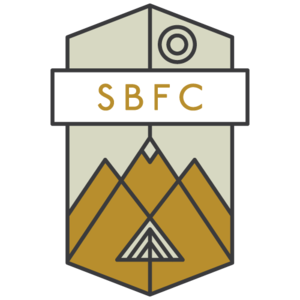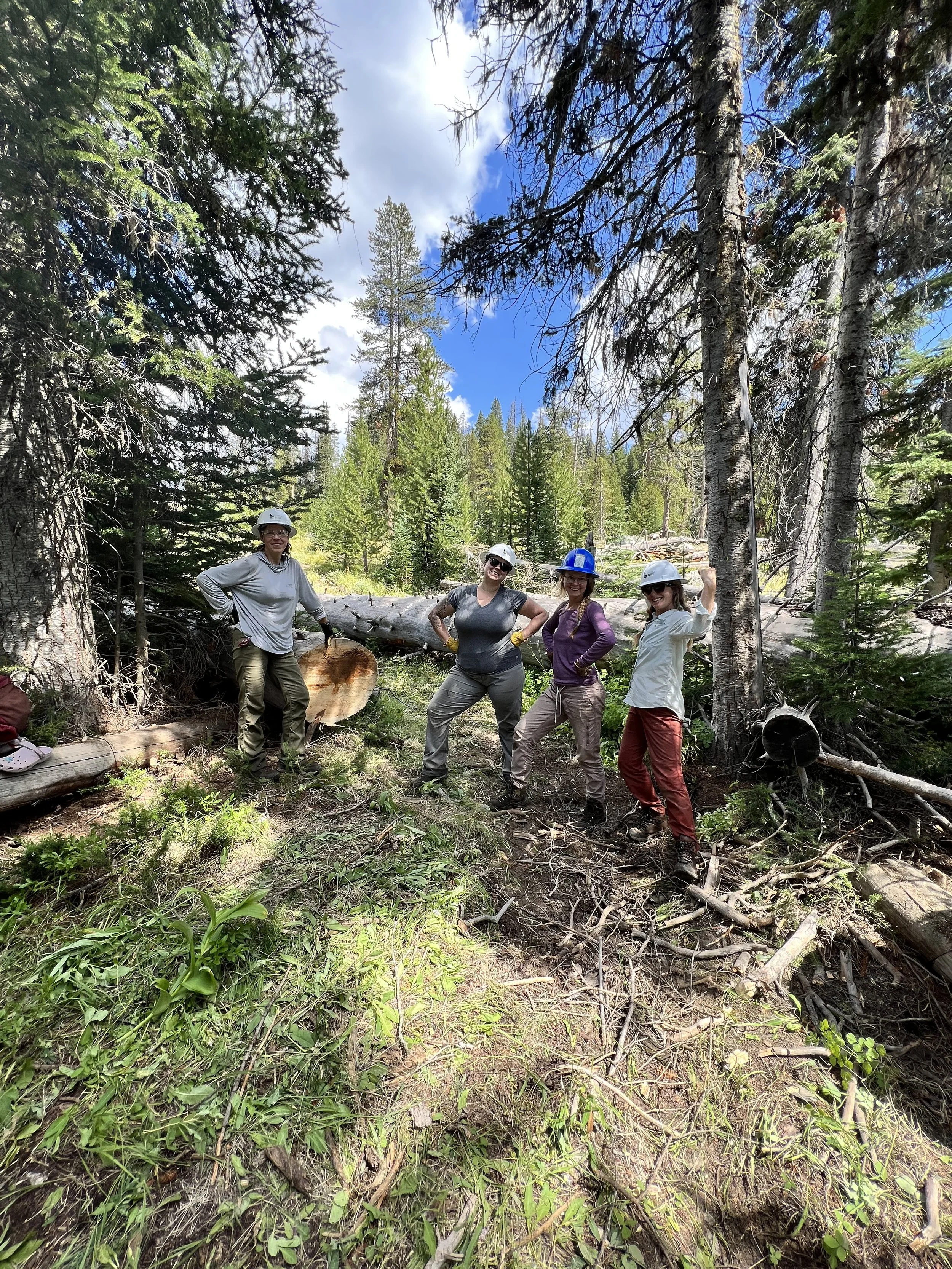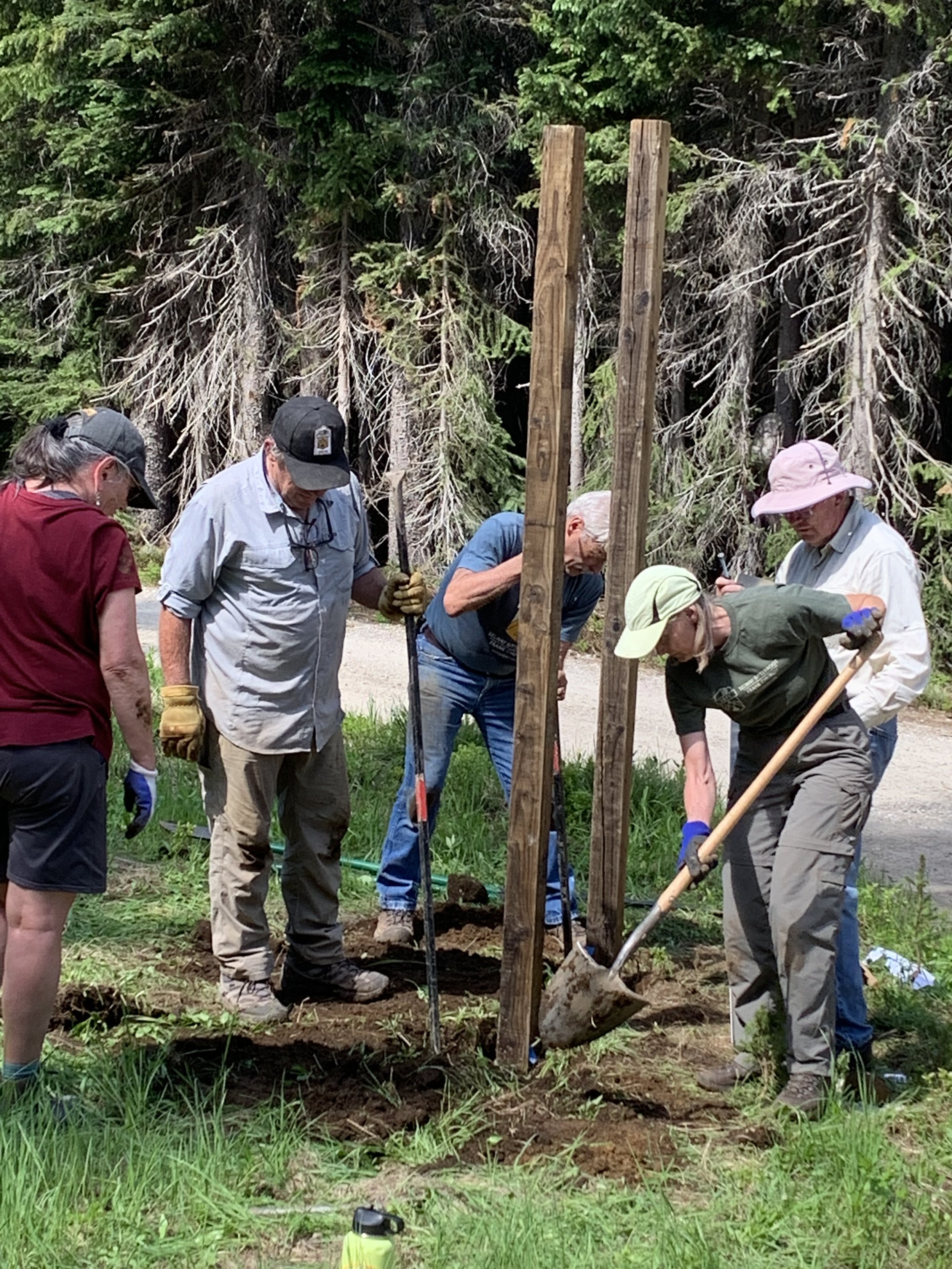Karlissa Skinner
Wilderness Project Liaison
Season Summary
Selway-Bitterroot Wilderness & Frank Church River of No Return Wilderness
This season, the Selway Bitterroot Frank Church Foundation introduced a new position, Wilderness Project Liaison, which I had the honor of spearheading. My primary responsibility was to lead and support a variety of volunteer projects, working collaboratively with our tireless superstar Volunteer Coordinator, Krissy, to coordinate and organize tools, gear, and food for each project. And I’ll admit: I was feeling a little apprehensive about the season. I spent February through May traveling in Costa Rica and Colombia, and immediately started my second season with SBFC on June 1 – not much time for transition! Not to mention all the new responsibilities and unknowns I was stepping into. But I was also so excited and curious about this new opportunity, for both SBFC as an organization and myself personally. And now that the season has come to an end I can genuinely and enthusiastically say that I had an exceptionally positive experience. Here are some glimpses of the awesome partner groups and individuals I had the opportunity to work with this summer:
Cheers to the Whisky Society for clearing 550 trees in 1.76 miles, yikes!
Stunning views of an encroaching thunderstorm from St. Mary Peak.
The youth of America (specifically high schoolers with partner group Johnson County Conservation all the way from Iowa) is out clearing trails in the snow, folks. There may be hope yet!
Sierra Club and high schoolers with Inspiring Connections Outdoors. These folks came from New York, California, Texas, New Hampshire, Minnesota, and Iowa to tackle some very technical trees on the Big Sand Lake Trail.
More environmentally passionate youth! From Dallas County Conservation in Iowa, this group broke their record for number of trees cleared from the Tom Beal Trail they have been stewarding for years.
An incredibly exciting and inspring new partnership with HereMT, helping diversify and expand outdoor access and representation of BIPOC folks (photo credit to Alex Kim).
Before
& After! With some fun folks from the American Hiking Society.
All women’s trail crew (plus Bill the packer)! Pulaski Users Group Pulaski-ing the patriarchy!
These valiant volunteers spent the day cleaning up ~20 pounds of trash and other unspeakables from Jerry Johnson Hotsprings. Anyone need a DVD player?
I worked with doctors, engineers, photographers, artists, entrepreneurs, tech folks, high schoolers, teachers, and more. We celebrated birthdays, belly-laughed over riddles, built snowpeople, outran thunderstorms, swam in alpine lakes, fed mules peanut butter, listened to poetry recitations, and ate great food. I was even graciously offered financial advice (crucial for a seasonal trail worker). But most importantly we never stopped marveling at and appreciating the special beauty of wild places, all while clearing hundreds of trees from the trails that provide access to these places.
I really underestimated how fulfilling it would be to work with so many different volunteers. I feel grateful to have met so many fun, kind, and inspiring Wilderness enthusiasts who choose to spend their free time giving back to the trails they love, as well as sharing their unique knowledge and gifts. If any of you volunteers are reading this- thank you! SBFC couldn't do what we do without each and every one of you. And I am certainly grateful for another rewarding season with SBFC. I hope to see everyone out on the trails again next season!
KARLISSA SKINNER, WILDERNESS PROJECT LIAISON
Karlissa spent her summers hiking and camping around Helena, Montana. Her conservation corps experience doing trail work and living in the Frank Church-River of No Return Wilderness helped her to discover her love for the natural world and wilderness conservation. Karlissa is an avid rock climber, backpacker, and river rafter.












































